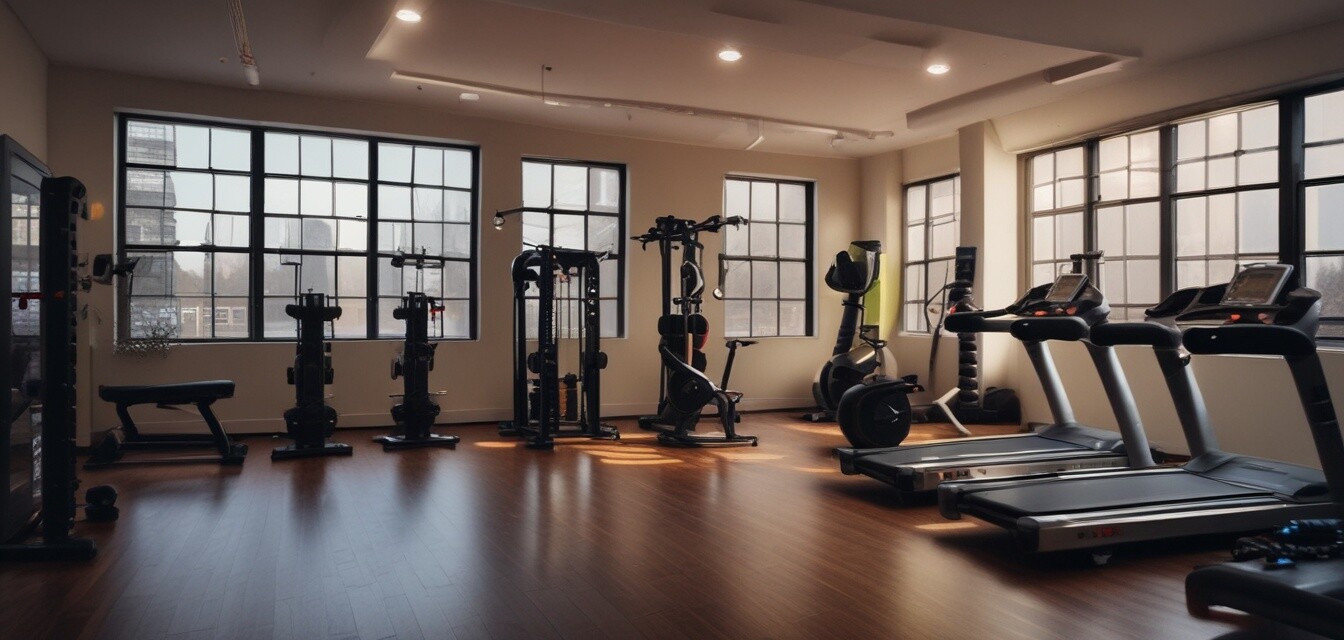
Finding your optimal workout time
Key takeaways
- Choose a workout time that aligns with your personal energy levels.
- Your schedule and commitments play a crucial role in determining your ideal workout time.
- Different workouts may be more effective at different times of the day.
- Consistency is key; once you find a suitable time, stick to it.
Finding the perfect time to work out can make a significant difference in your fitness journey. Whether you're an early bird or a night owl, understanding your body's natural rhythms, energy levels, and daily schedule can help you determine the most effective workout time for you. This article will guide you through the process of identifying your optimal workout time for maximum effectiveness.
Understanding personal energy levels
Your personal energy levels fluctuate throughout the day and can significantly impact your performance during workouts. To better understand when you feel most energized, consider tracking your energy levels over a week using a simple journal. Note the times at which you feel most alert and motivated, as well as when you feel sluggish.
Tracking your energy levels
| Day | Morning (6 AM - 12 PM) | Afternoon (12 PM - 6 PM) | Evening (6 PM - 12 AM) |
|---|---|---|---|
| Monday | High | Medium | Low |
| Tuesday | Medium | High | Medium |
| Wednesday | Low | Medium | High |
| Thursday | Medium | Medium | High |
| Friday | High | Medium | Low |
| Saturday | Low | High | Medium |
| Sunday | Medium | Medium | High |
Assessing your schedule
Your schedule plays a crucial role in determining your workout time. Consider the commitments that occupy your day, including work, family, and other activities. The trick is to slot your workouts in a way that complements your daily routine rather than disrupts it.
Creating a weekly workout schedule
- Identify your available time slots for workouts.
- Choose a duration for each workout session.
- Incorporate flexibility; life happens, and it's essential to adapt.
- Prioritize consistency by sticking to the schedule as much as possible.
Matching workouts to time of day
Peak performance varies depending on the type of workout you're doing. Some workouts may yield better results depending on the time of day. Here are some suggestions:
Workouts by time of day
- Morning: Great for cardio, yoga, or light strength training.
- Afternoon: Ideal for high-intensity workouts or strength training.
- Evening: Suitable for moderate-paced workouts or relaxation techniques like stretching.
Testing your optimal workout time
Experimenting with different workout times will help you discover the most effective routine for your body. Try this plan:
- Select a week to test different workout times.
- Log your performance and energy levels post-workout.
- Evaluate your findings to determine your preferred workout time.
Conclusion
Finding your optimal workout time is a personal journey that involves understanding your body's energy levels, scheduling, and workout goals. By tracking your energy, creating a flexible schedule, and experimenting with different workout types at various times, you will pave your path toward a successful fitness routine. Remember, the key to lasting fitness success lies in consistency, so stick with your chosen time and make it a fundamental part of your day.
Pros
- Improves workout performance and motivation.
- Aligns fitness goals with daily routine.
- Enhances overall adherence to workout plan.
Cons
- Requires time tracking and experimentation.
- May require adjustment if life changes occur.
- Possible difficulty in sticking to a consistent schedule.
If you want more tips that's tailored for your fitness journey, check out our Tips and Advice section. Explore how to make the best out of your home gym setup in our Home Gym Essentials. For trends and updates in the fitness world, visit our News and Trends category. Looking to discover smart gadgets to aid you? Head over to our Smart Fitness Gadgets page.